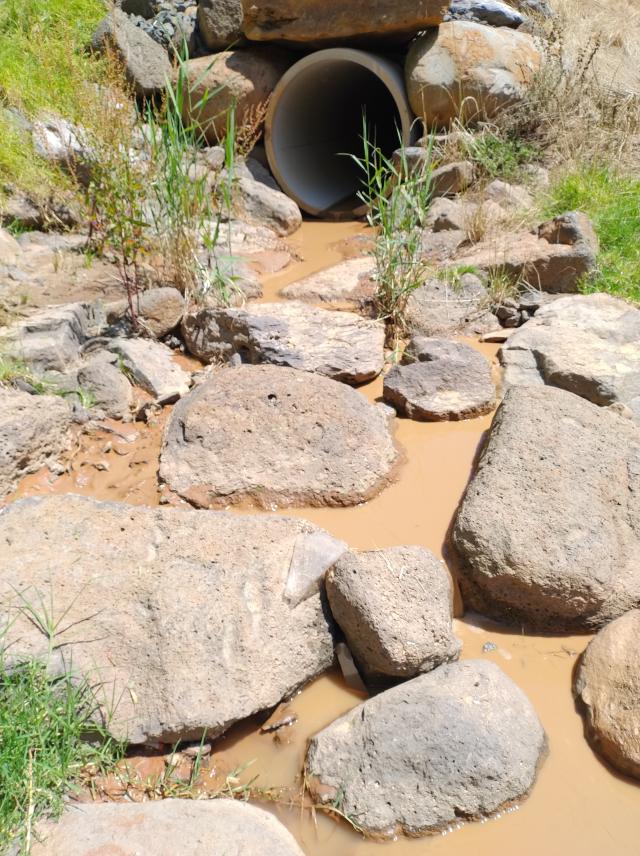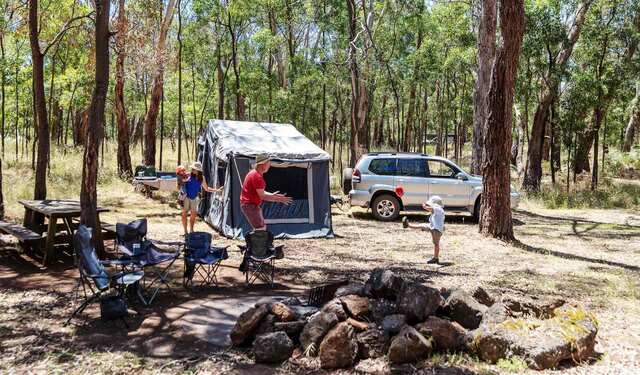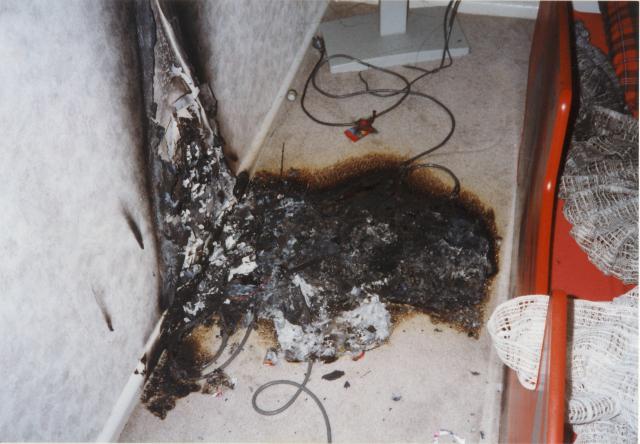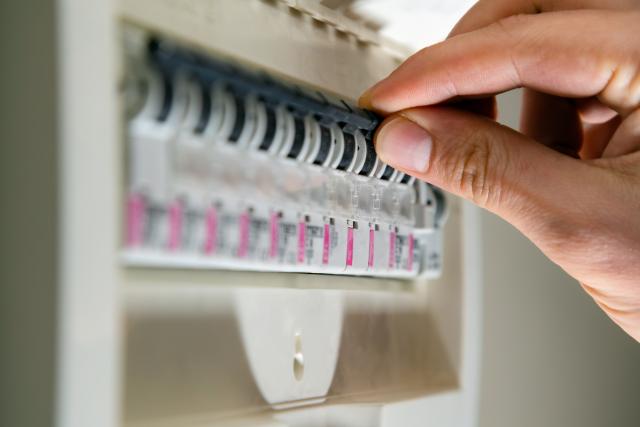Moorabool council’s investigation into sediment entering the Werribee River from nearby development sites found several factors contributing to turbidity, but measures implemented now meet expectations of responsible authorities.
Council launched an investigation into large amounts of sediment running into the Werribee River from the storm water pipes at the rear of 270 Werribee Vale Road, Bacchus Marsh, following a council meeting on February 1 this year.
Moorabool council noted the investigation report at a meeting on Wednesday, June 7, with councillor Moira Berry moving for council to provide an updated report in six months because of “anomalies” mentioned the EPA and Melbourne Water “not included in this report”.
The four sources of river contamination identified in the report were the removal of the Southern Rural Water Channel, discharge from active construction sites, new non-compliant construction, and sodic soils.
Prior to the commencement of the Stonehill development the Southern Rural Water Channel played a role in intercepting overland flow and diverting it downstream in the Werribee River. The report said this issue has been addressed through the use of water basins that now capture and treat the water in line with Melbourne Water guidelines.
The report investigated three Stonehill and one Queensbrook construction sites, which were identified in another 2021 investigation as EPA compliant but needing to strengthen controls. The 2023 investigation found the EPA is satisfied with the current controls, and council will monitor the sites daily and undertake weekly audits.
The report included multiple instances of new constructions non-compliant with EPA guidelines in Stonehill and Queensbrook which were adding to the sediment load, which have been passed onto council’s enforcement team.
The sodic nature of the soil in Stonehill and Queensbrook was also found to be contributing to the contamination, sodic soil is easily erodible due to high levels of sodium, the investigation report said that it occurs naturally and no additional action can be undertaken to mitigate the issue.
The investigation concluded that from the EPA’s last inspection in February 2023, “the EPA are satisfied with all controls in place” and no further action was required from the contractor.
“Council will continue to work with the developer, contractor, Melbourne Water and the EPA to ensure compliance against EPA guidelines and the EMP are upheld,” it said.







